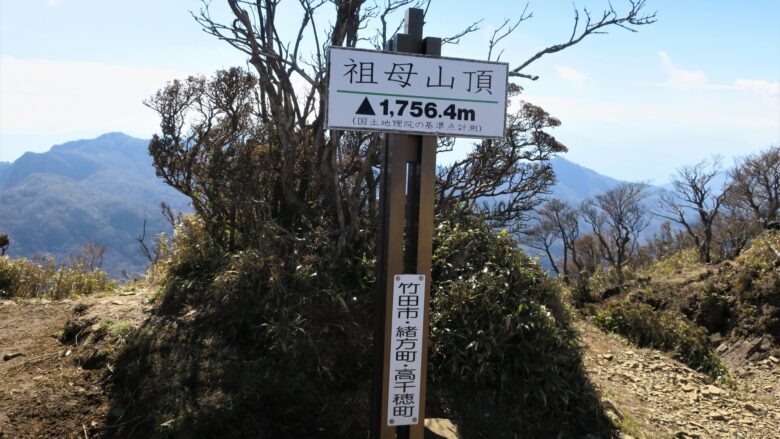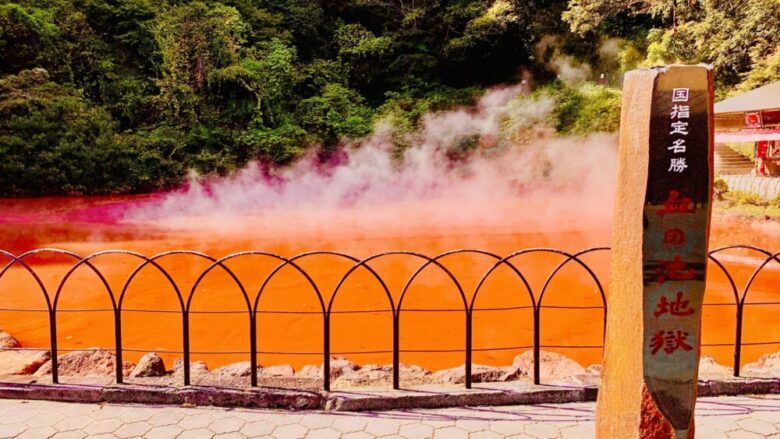Experience the pristine beauty of Sobo, Katamuki and Okue Biosphere Reserve located in the Kyushu region of Japan, where nature’s wonders await you. Learn about the unique flora and fauna, breathtaking landscapes, and cultural heritage that make this park a must-visit destination.
Overview of Sobo, Katamuki and Okue Biosphere Reserve
Here is an overview of Sobo, Katamuki and Okue Biosphere Reserve.
What are Biosphere Reserves?
A Biosphere Reserve is an area designated by UNESCO to promote the conservation of biodiversity while ensuring sustainable development. These reserves are meant to serve as models for balancing conservation efforts with human activities.
They typically consist of three interconnected zones.
- a core area – ecosystems are strictly protected.
- a buffer zone – surrounds the core area for activities that are compatible with conservation objectives.
- a transition area – sustainable development practices are encouraged.
Biosphere reserves aim to protect genetic resources, species, ecosystems, and landscapes while promoting research, monitoring, education, and sustainable development.
Where is Sobo, Katamuki and Okue Biosphere Reserve?
The Sobo, Katamuki, and Okue Biosphere Reserve is in Oita Prefecture, Taketa City, Bungoono City, Saiki City, as well as Miyazaki Prefecture in Kyushu, Japan. These areas are part of this biosphere reserve which aims to promote sustainable development and conservation efforts in the region.
Features of Sobo, Katamuki and Okue Biosphere Reserve
The Sobo, Katamuki, and Okue Biosphere Reserve in Kyushu, Japan boast several features, including these.
Mountainous terrain and deep valleys
Known for its high-altitude mountain ranges such as Mount Sobo, Mount Katamuki, and Mount Okue, which are the highest in Kyushu, contrasting with deep valleys like Takachiho Gorge and Fukikawachi Valley. This area offers stunning landscapes for visitors to enjoy.
Rare flora and fauna
One significant feature is the presence of primeval forests like beech, fir, and cedar that have been preserved due to limited development. This area is also known for being a habitat where wild Japanese serows, Sobo salamanders, and purple emperor butterflies can be observed living in such natural surroundings.
Tradition and Culture of Sobo, Katamuki and Okue Biosphere Reserve
In Sobo, Katamuki and Okue Biosphere Reserve, visitors can enjoy magnificent landscapes created by terraced rice fields and stone walls that make use of the steep terrain.
Moreover, to preserve traditional culture, practices such as Kagura, lion dances, and rural kabuki have been inherited.
Activity of Sobo, Katamuki and Okue Biosphere Reserve
In Sobo, Katamuki and Okue Biosphere Reserve, characterized by high mountains and deep valleys, visitors can enjoy activities such as canyoning, mountain climbing, hiking, camping, bouldering, fishing, and more.
Popular spots like Hieizan Senjojiki, known as a sacred place for climbing, offer spectacular views of towering cliffs, making it a favorite scenic destination.
In Sobo, Katamuki and Okue Biosphere Reserve, characterized by high mountains and deep valleys, visitors can enjoy activities such as canyoning, mountain climbing, hiking, camping, bouldering, fishing, and more.
Popular spots like Hieizan Senjojiki, known as a sacred place for climbing, offer spectacular views of towering cliffs, making it a favorite scenic destination.


